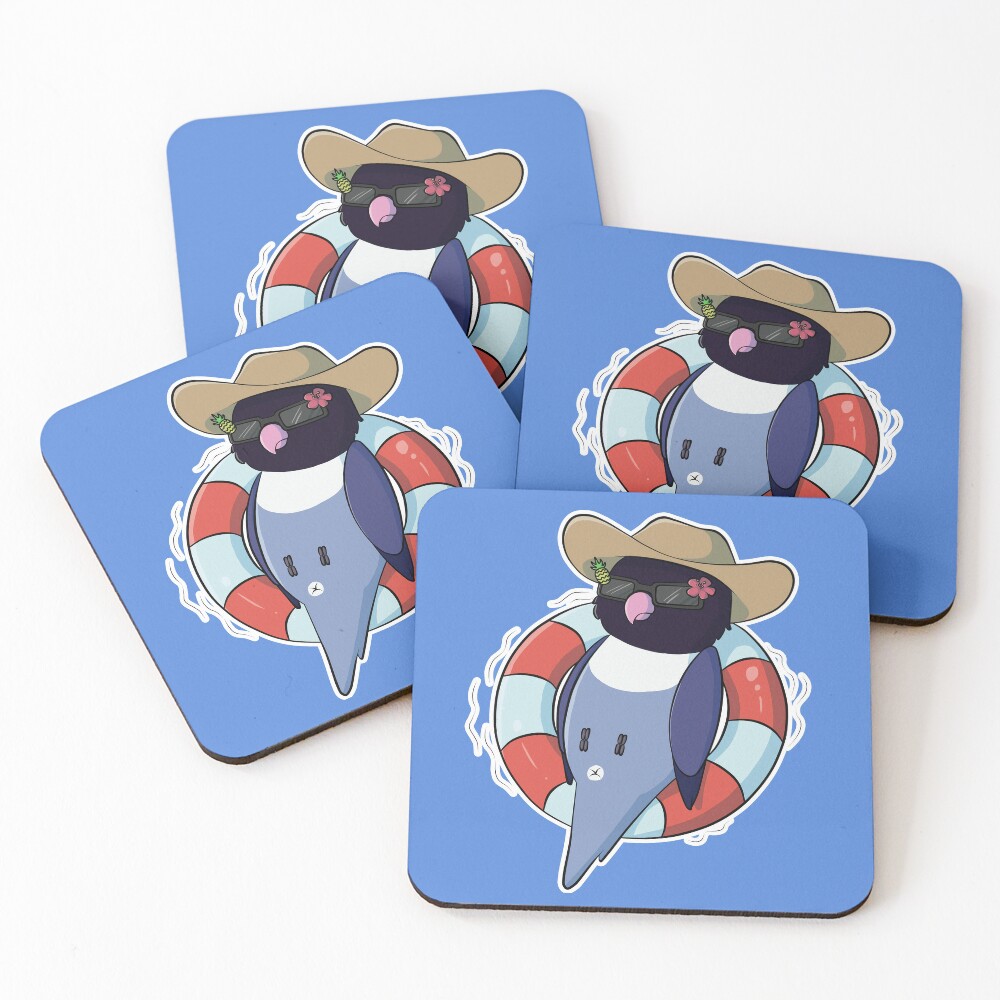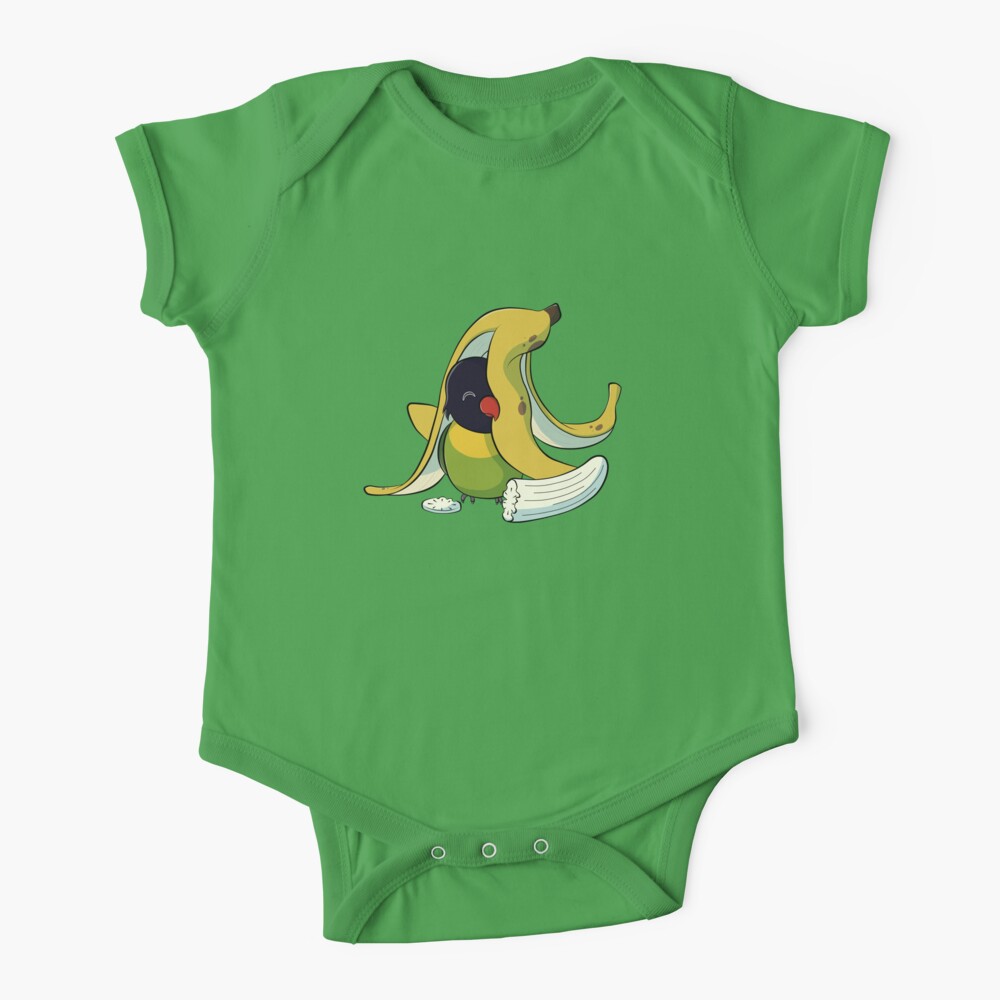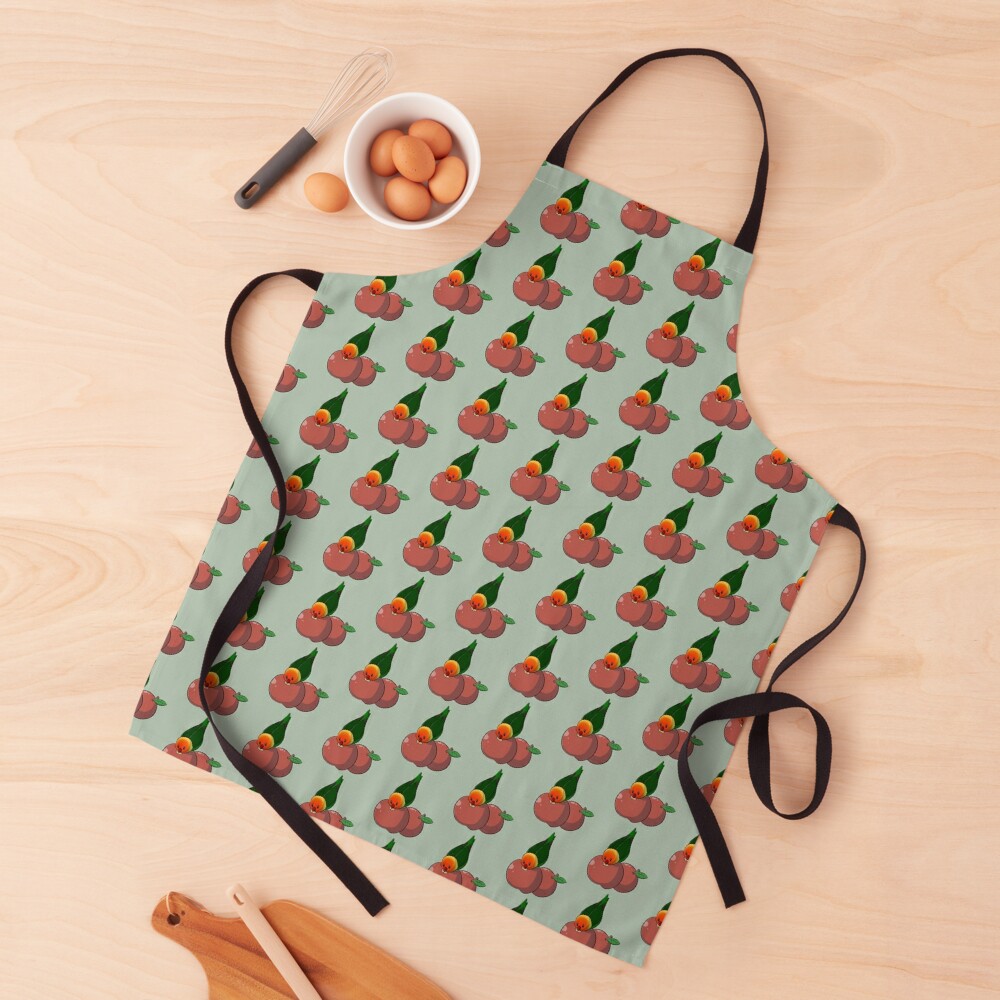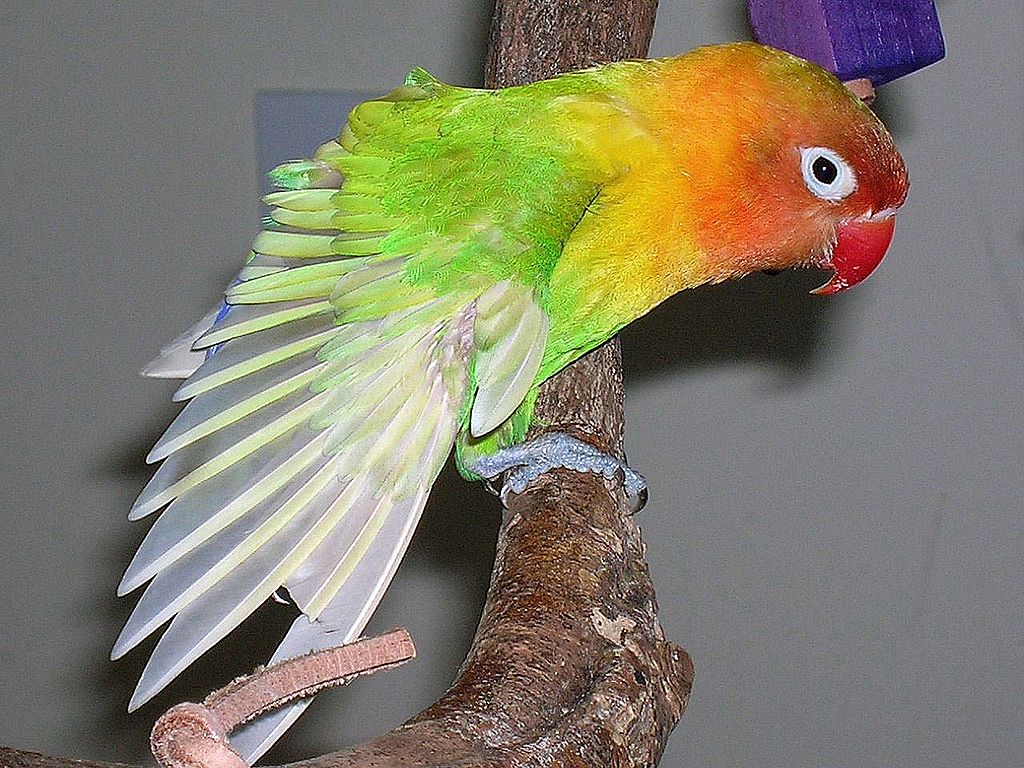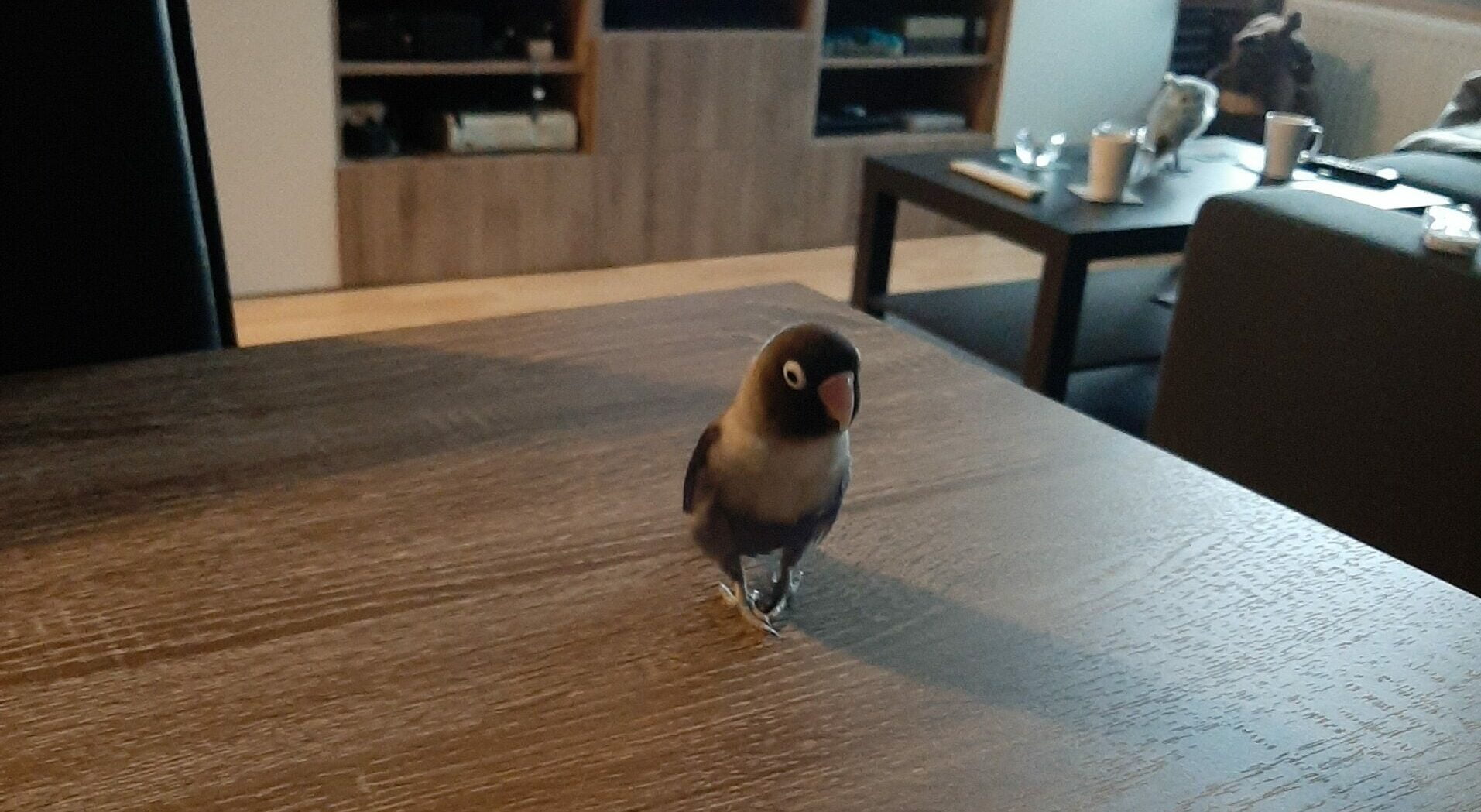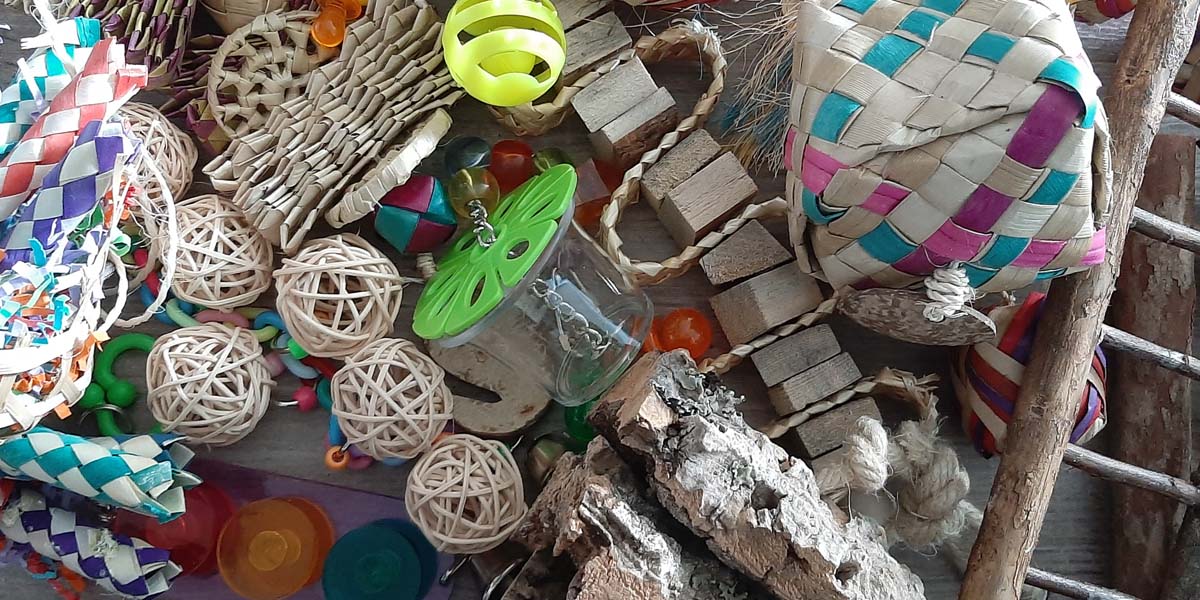How to choose the best cage for a lovebird
There are a lot of choices out there when it comes to bird cages. However, even pet store employees are often ill-informed about what size of cage your lovebird needs. To have a happy bird, you need a cage in which your bird can flap its wings, feel safe and at the same time not get itself stuck between the bars.
When I looked for a good bird cage, I look at things like the locks, doors, placement of bowls, dimensions and bar spacing. All these are important to consider when buying a bird cage.
Minimum cage dimensions for a lovebird
When housing only one lovebird, the minimum cage dimensions are 45.7cm x 45.7cm x 45.7cm (18 x 18 x 18 inches). The more space the better though.
When you go for a bigger cage, the width and depth play a bigger role than the height of the cage. A bird doesn’t fly up and down in a straight line, it flies from left to right (going up or down in the process). So to let your bird be able to fly in its cage, prioritize the cage’s width and depth.
If you have multiple lovebirds housed in the same cage, each needs about 1m3 (35 cubic feet).
Correct bar spacing and orientation
The bar spacing is also very important when selecting a birdcage. If it isn’t correct, your lovebird might get itself injured. The minimum bar space for a lovebird is 1.27cm (0.5 inches). The maximum is 1.58cm (0.62 inch).
The orientation of the bars is also important to look at. Lovebirds love climbing and use their beak and feet to climb. For them to climb effectively it is best to pick a cage with horizontal bars.
Bar material and strength
The bars need to withstand the strong beak of your lovebird. Don’t underestimate it, if you are not careful your lovebird will lift a water filled bird bath to the point that you need to mop up and get her off some high shelves in your kitchen (Yes, that is how my lovebird escaped once).
You want a strong cage where the bars won’t bend easily.
When looking at the material, best are powder coated or stainless steel cages.
Stainless steel will give it a sturdy and sleek look. It is extremely durable and easy to clean. They are however more expensive than a powder coated bird cage. Powder coated bird cages take a bit more effort to clean.
Location of food and water bowls
Lovebirds love sitting in the highest parts of the cage especially when it is a new bird. They do this because in the wild they are a prey species and the height makes them feel safer.
Their love for being up high influences the location of where you place your food and water bowls. By keeping food and water higher in the cage not only does your bird feel safer but it also ensures that less poop will end up in the bowls and therefore is more hygienic.
If you have to place the bowls lower in the cage you can use poop guards as a solution.
The shape of the cage
Not all cages are safe for your lovebird. Round cages tend to have problems where you have the risk of having your bird’s feet get stuck in the bars. This occurs in the places where the bars come together, such as the top.
Some experts say a lovebird cage needs corners. When a lovebird gets scared, it will try to flee to a dark corner of the cage, which is not available in any round cages. This knowledge is disputed though.
Another shape would be where one part of the cage is higher than the rest. This is also fine.
There are also dome-like bird cages available. These cages are round, but with some corner like features. It is build out of hexagons properly connected together in such a way that it is safe and secure for your bird. The dimensions of this cage are 52cm (16.5 inches) high with a radius of 60cm (23.6 inches), making this cage suitable for just one bird.
Go with what shape you feel is right for your pet bird. Do make sure it meets the right size requirements.
Door mechanisms and locking systems
Lovebirds are smart. I found this out when Apache began to open her cage doors. Looking at the door mechanisms and the locks are therefore important.
Try avoiding guillotine style door mechanisms. These doors slide up and down easily. If your lovebird figures out how to open them, they might get stuck halfway through.
A draw bridge style door can be good as it gives a platform for your bird to stand on when leaving the cage.
A swinging door is also good.
Your lovebird should not be able to unlock its doors. Make sure there is a proper locking mechanism that your lovebird cannot reach.
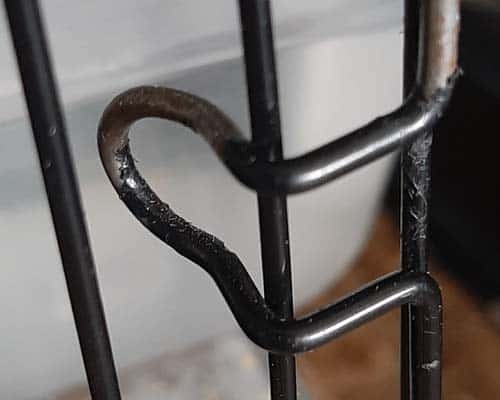
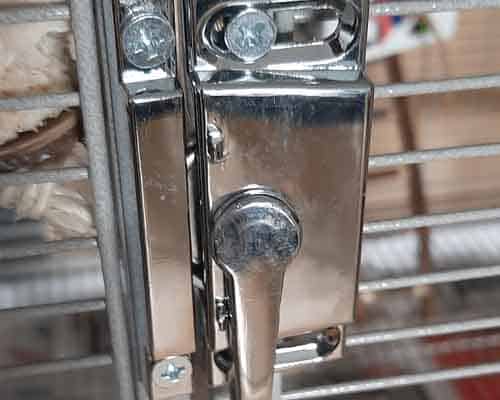
Play top bird cages
Some cages come with an area that opens up at the top of the cage were your birds can play. It usually comes with a perch, feeders and toy hangers. It does serve as your bird’s place when out of the cage. It might feel safer there, because it can also easily flee into its cage when needed.
Location of the bird cage
Before purchasing a cage for your lovebird, make sure you know where you are going to place the cage. Measure the space you have available; width, depth and height.
Don’t forget that lovebirds can make a mess. So when you pick a location for your lovebird’s cage, take into consideration that the surrounding walls and floor will get dirty.
Also remember to place the cage high enough so that your bird feels safe, if getting a table top cage place it on a high table and never on the floor. Your bird won’t feel safe when it is near the floor as everyone that passes by will tower over them.
Flight cages often come with their own stands and are often on wheels. If you have the space for it, I advise taking a flight cage.
